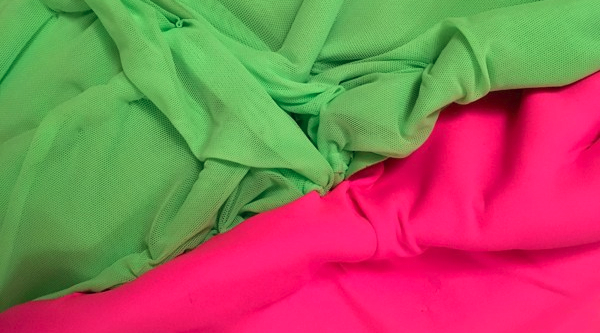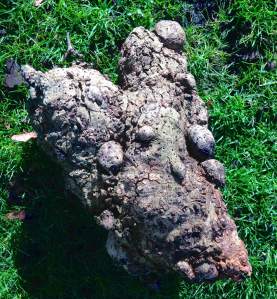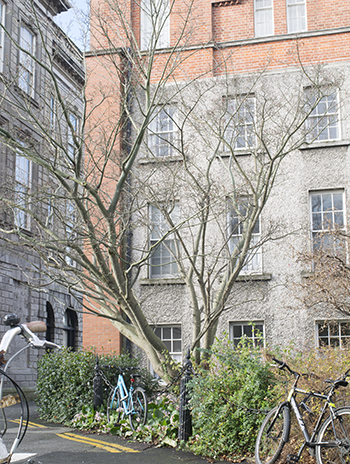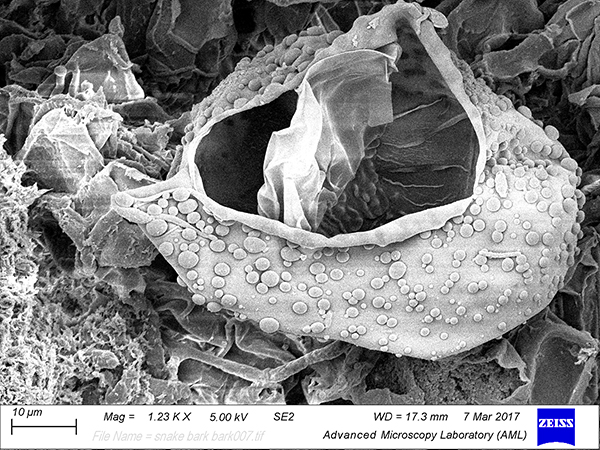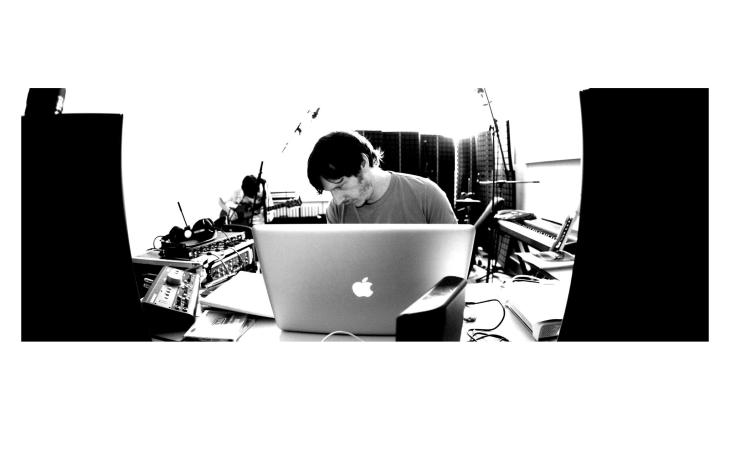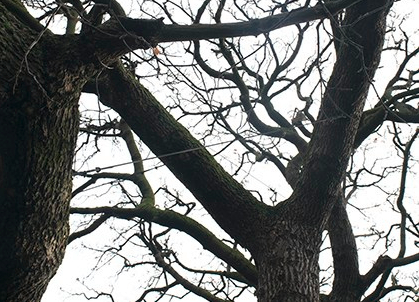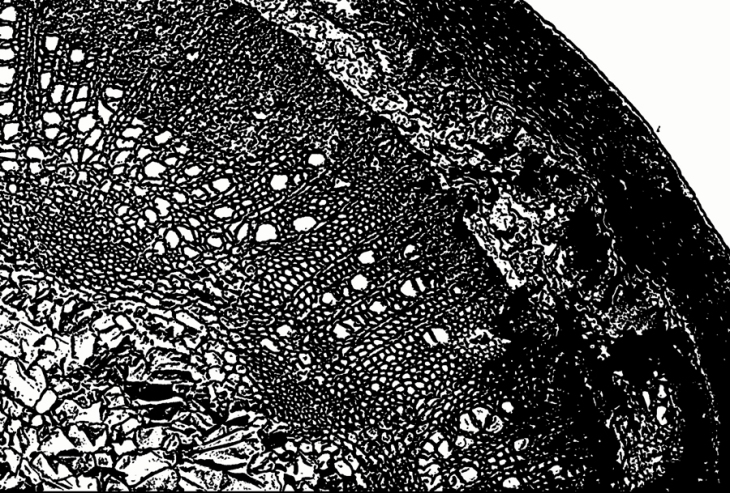The Crab Apple Tree, Malus ‘Golden Hornet’ (Trinity Tree number 298). Inside the Rose garden.

The Crab Apple is a small tree, bearing attractive pink/white apple blossoms in the spring and small apples in the autumn. It is a native species found in hedgerows and old woodlands throughout the countryside. Unlike modern hybrid apples, crab apples grow true from the apple pips. See above image of the crab apple tree in the Rose Garden, Trinity College Dublin.
The apple tree is celebrated in Celtic mythology, legend, and folklore as an emblem of fruitfulness and is sometimes seen as a means to immortality.
Each microscopic image taken for this project represents a snapshot in time as each tree, leaf and branch are in a constant state of change. For the crab apple tree artwork the artist decided to engage with this notion of time or more specifically the people that lingered in the Rose Garden between 12 noon and 2pm on Friday the 12th of May 2017. The resultant artwork reflects the mood and sentiments of ten willing participants who were resting in the intimate and peaceful surroundings of the Rose garden.

For the duration of the exhibition Hassett has installed ten perspex pieces, which have been hung from various branches of the Crab apple tree. This piece is reminiscent not only of rag trees where people tie ribbons and ask for blessings but also trees of hope and remembrance. The image above was taken last May and is of a cherry blossom tree in the Rose Garden.

Together the ten pieces join to reflect an image taken of the dried out skin of the apple fruit. See image above taken by Clodagh Dooley.

Etched onto each perspex element, in their own handwriting, is the participants response to the question ‘what do you think, feel about this space?’ See image above – sample of a perspex element.





